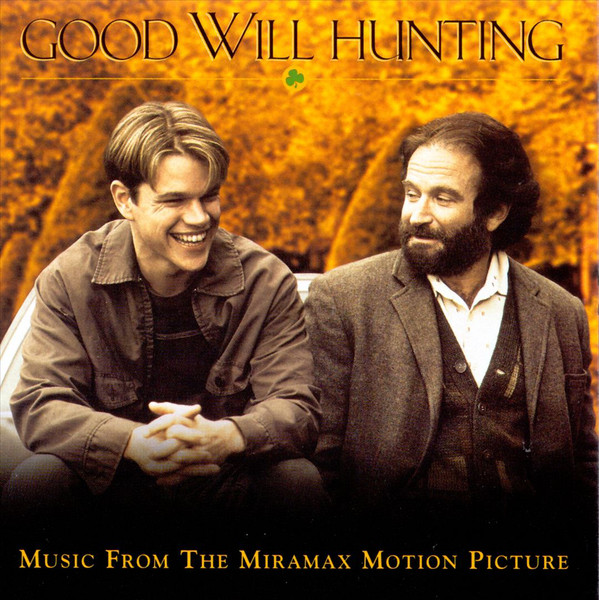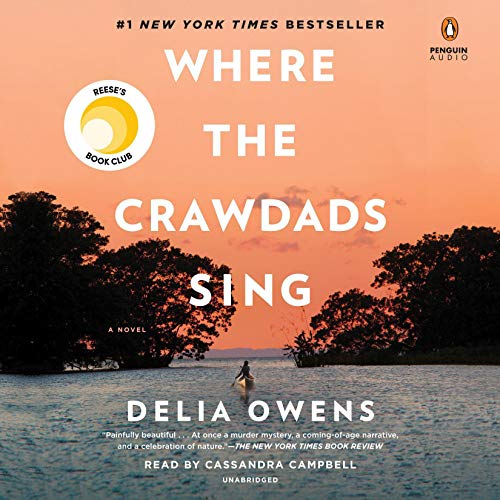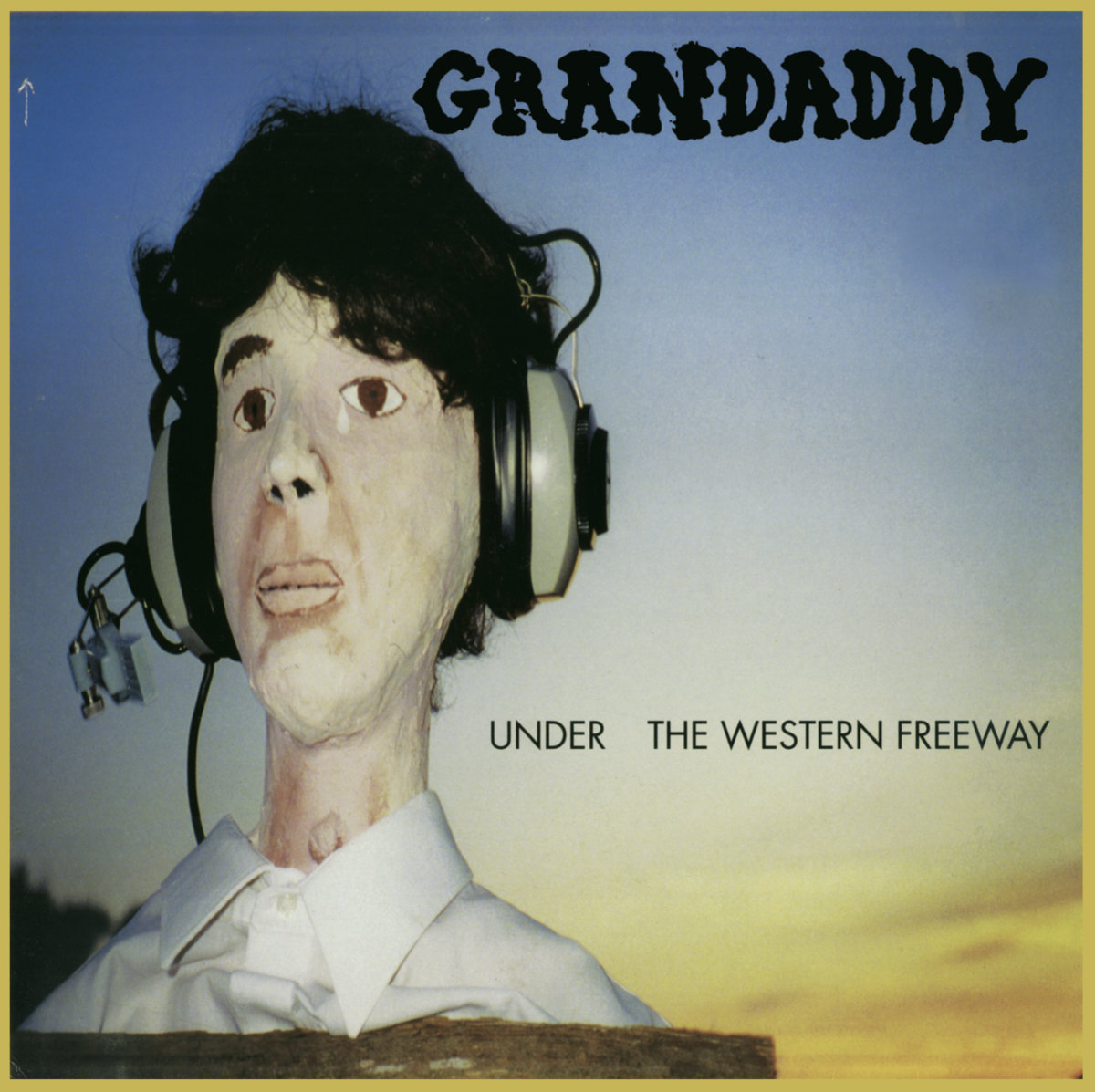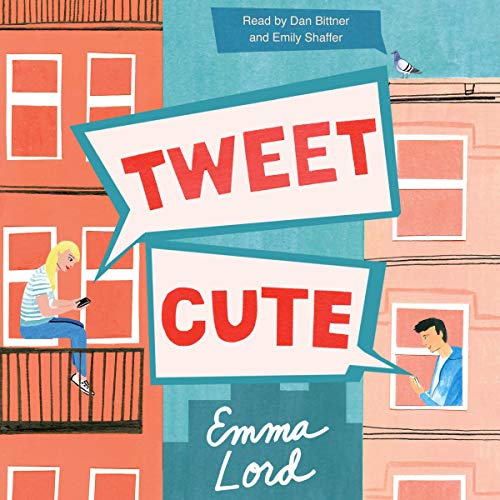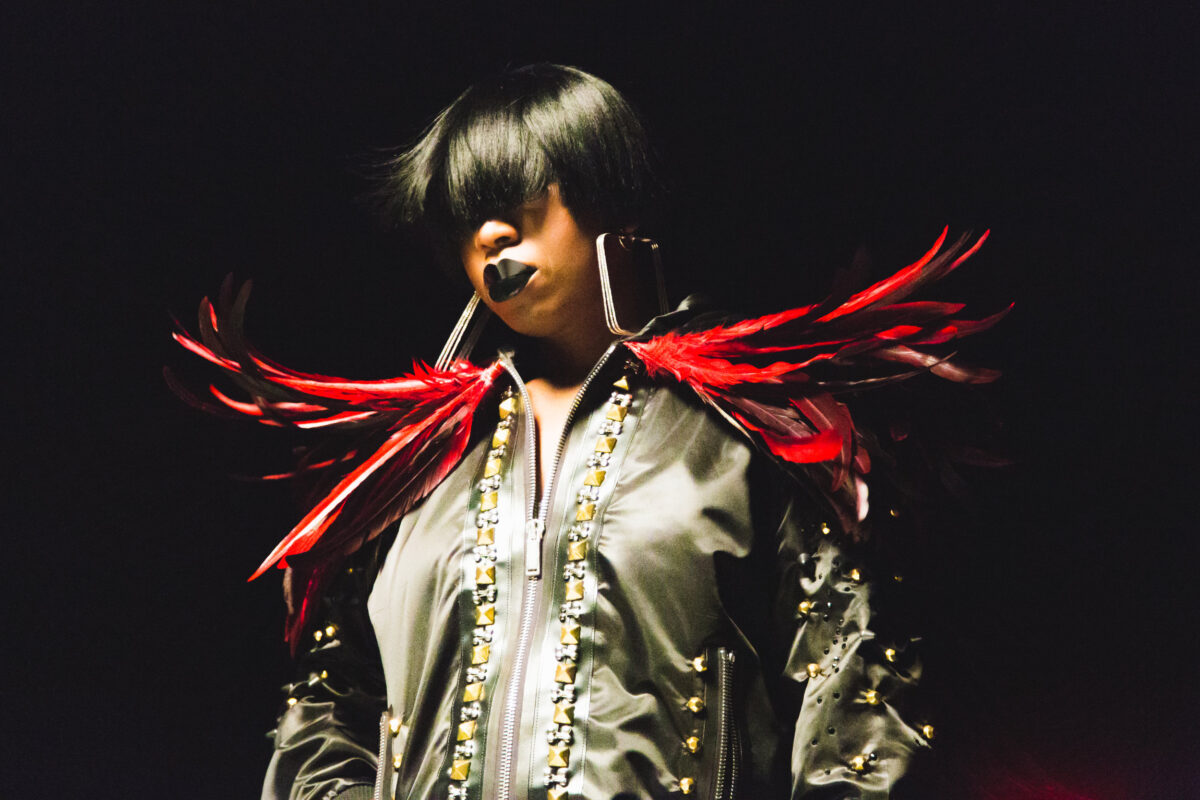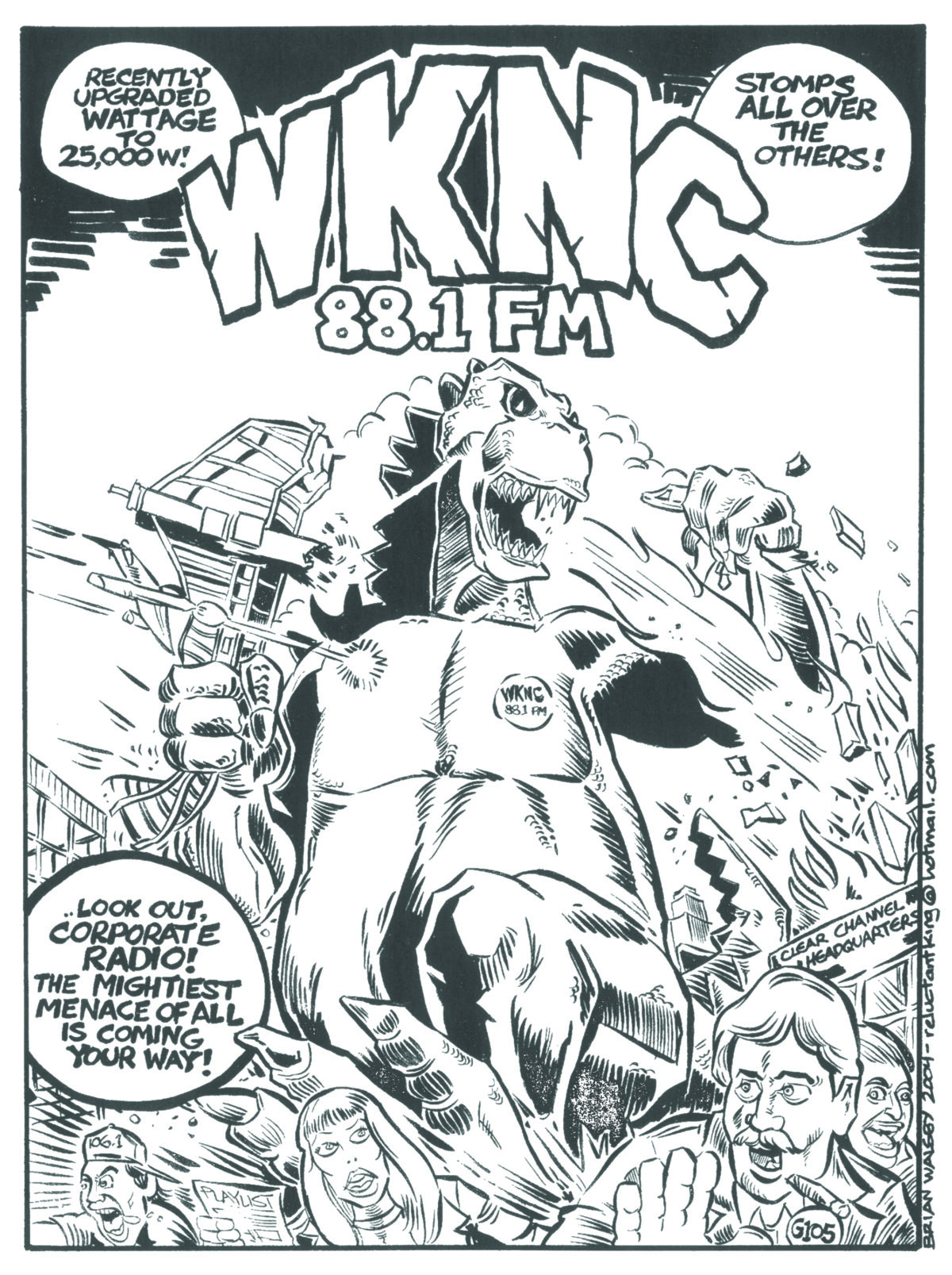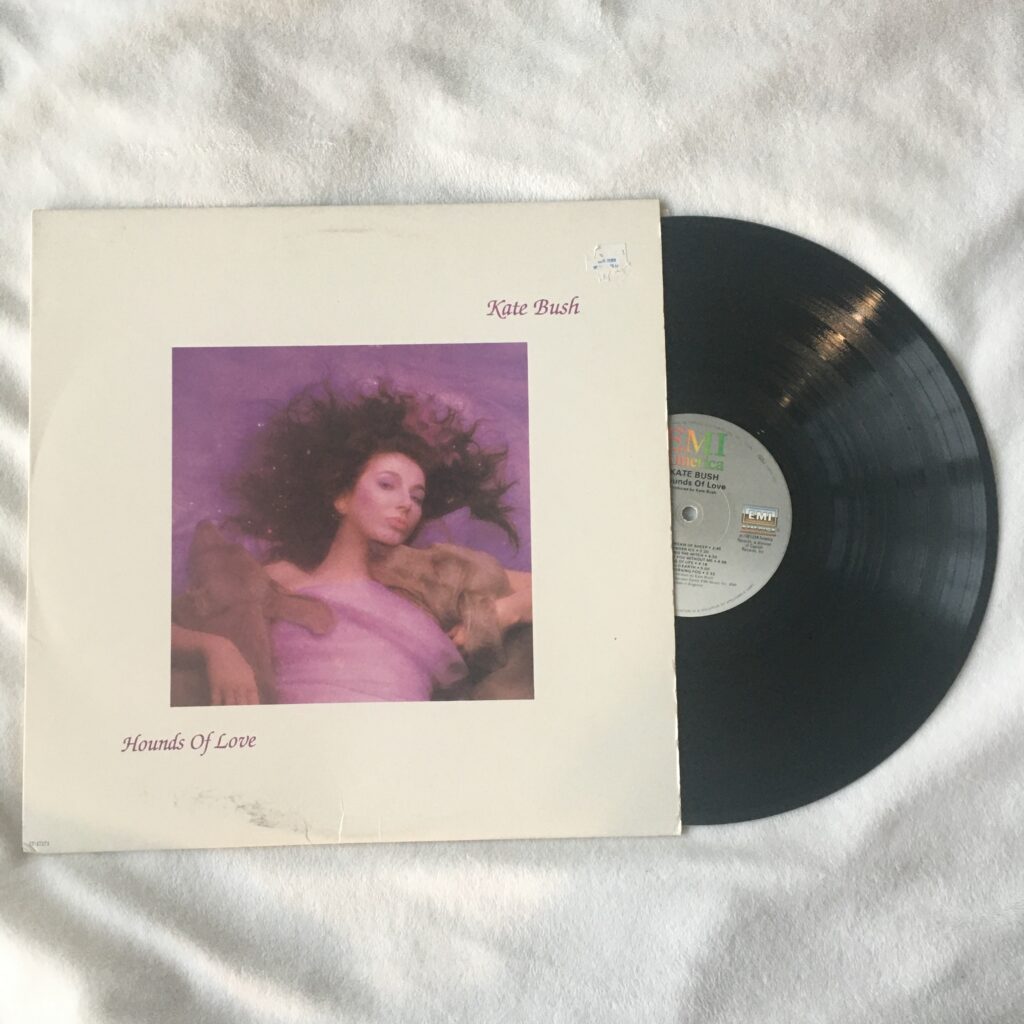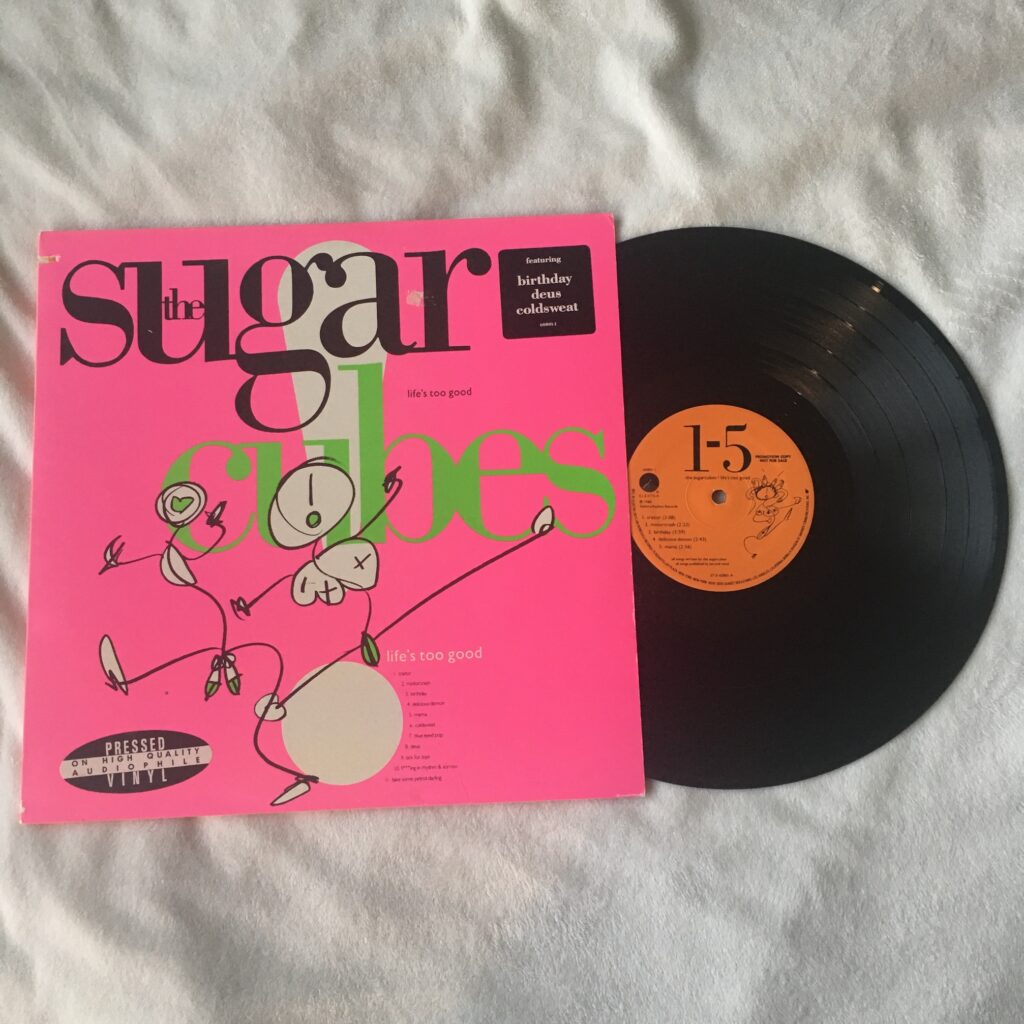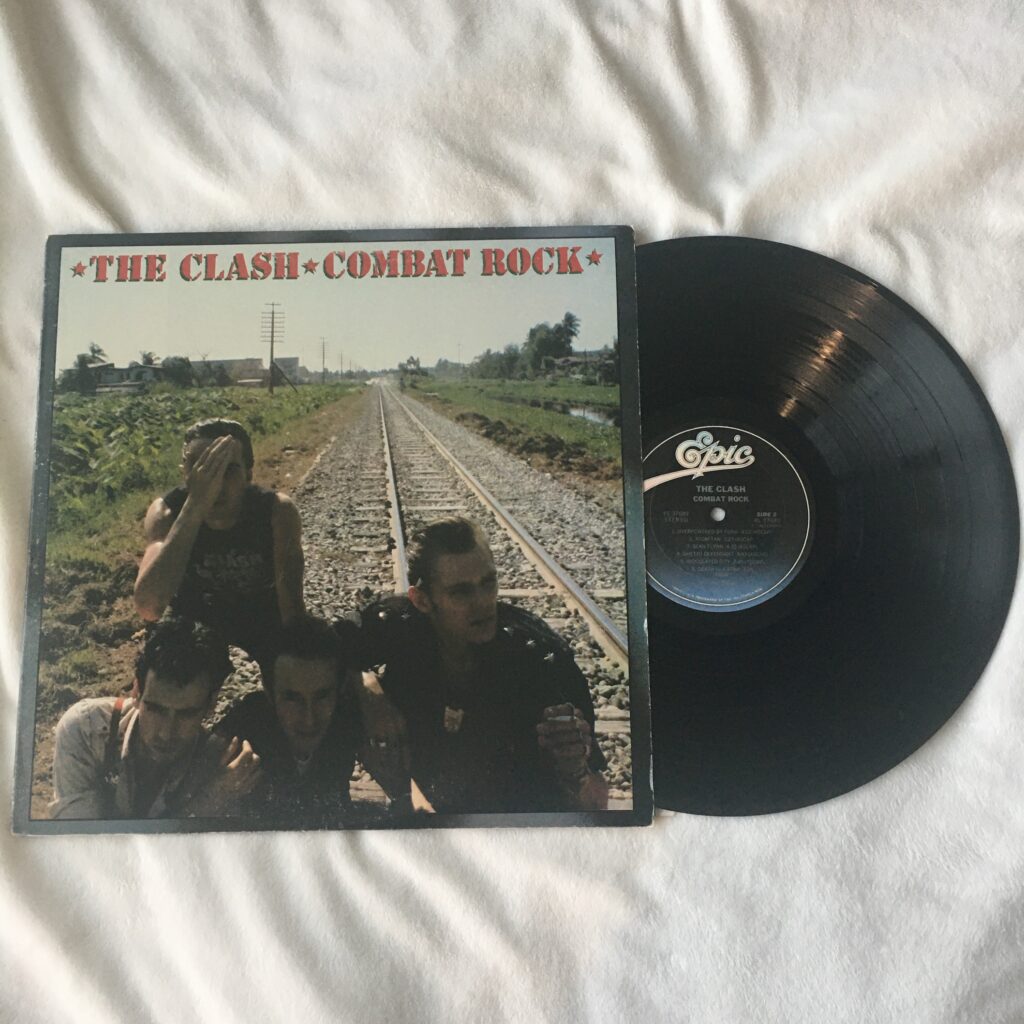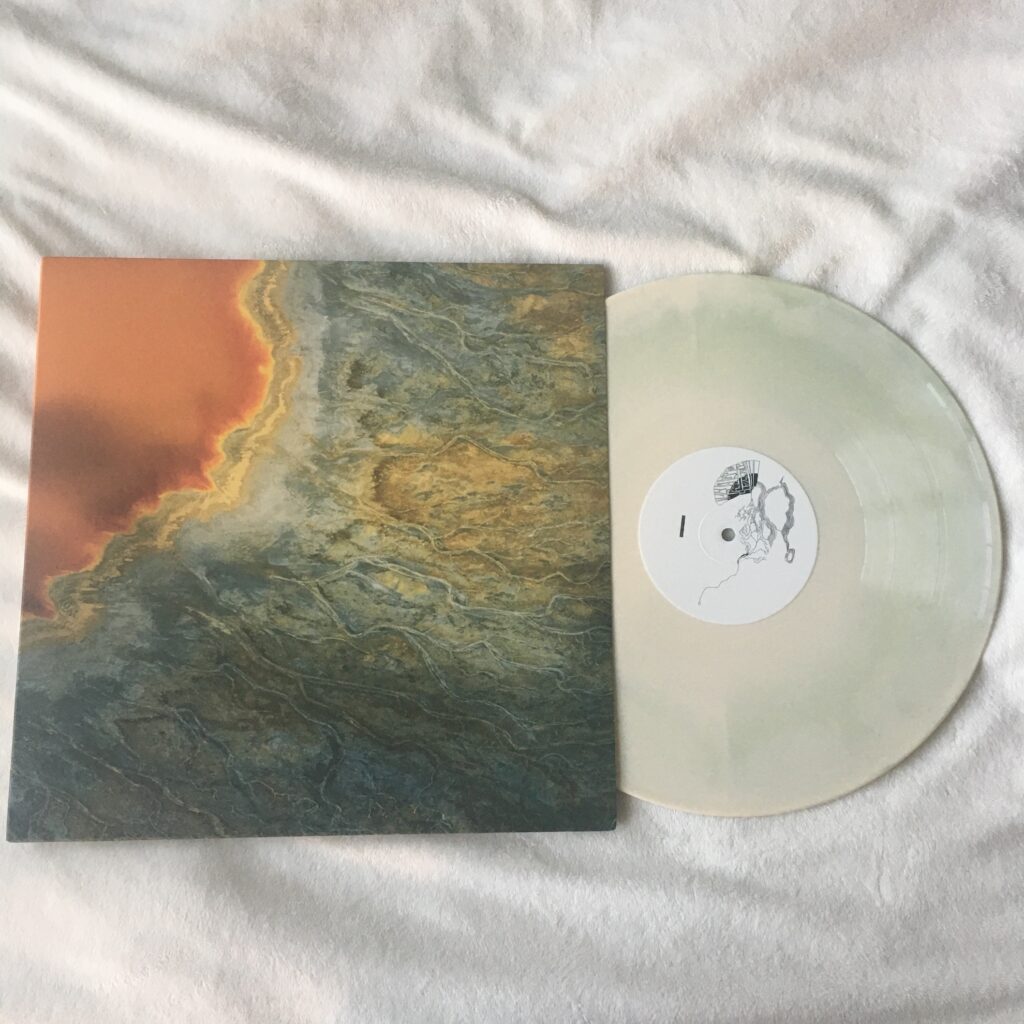I love movies. Who doesn’t? That being said, I took it so far that I’m now a film major, and I’m convinced I will make movies for the rest of my life. There’s an unbelievable amount of components and sheer work that go into creating a film, much less a good one, and one of those aspects is the soundtrack. Some films have songs made just for them and some curate from outside sources. Regardless, it’s usually very clear when soundtracks are good. Here are some of my favorites:
Good Will Hunting (1997)
1. “Between the Bars (Orchestral)” by Elliott Smith
2. “As the Rain” by Jeb Loy Nichols
3. “Angeles” by Elliott Smith
4. “No Name #3” by Elliott Smith
5. “Fisherman’s Blues” by The Waterboys
6. “Why Do I Lie?” by Luscious Jackson
7. “Will Hunting” (Main Titles)” by Danny Elfman
8. “Between the Bars” by Elliott Smith
9. “Say Yes” by Elliott Smith
10. “Baker Street” by Gerry Rafferty
11. “Somebody’s Baby by Andru Donalds
12. “Boys Better” by The Dandy Warhols
13. “How Can You Mend a Broken Heart?” by Al Green
14. “Miss Misery” by Elliott Smith
15. “Weepy Donuts” by Danny Elfman
Pride & Prejudice (2005)
***Composed by Dario Marianelli and performed by Jean-Yves Thibaudet (piano) and the English Chamber Orchestra.***
- “Dawn”
- “Stars and Butterflies”
- “The Living Sculptures of Pemberley”
- “Meryton Townhall”
- “The Militia Marches In”
- “Georgiana”
- “Arrival At Netherfield”
- “A Postcard to Henry Purcell”
- “Liz on Top of the World”
- “Leaving Netherfield”
- “Another Dance”
- “The Secret Life of Daydreams”
- “Darcy’s Letter”
- “Can’t Slow Down”
- “Your Hands Are Cold”
- “Mrs. Darcy”
- “Credits”
Mad Max: Fury Road (2015)
***Composed by Tom Holkenborg a.k.a. Junkie XL.***
- “Survive”
- “Escape”
- “Immortan’s Citadel”
- “Blood Bag”
- “Spikey Cars”
- “Storm Is Coming”
- “We Are Not Things”
- “Water”
- “The Rig”
- “Brothers in Arms”
- “The Bog”
- “Redemption”
- “Many Mothers”
- “Claw Trucks”
- “Chapter Doof” (Extended Version)
- “My Name Is Max” (Extended Version)
- “Let Them Up”
Trainspotting (1996)
- “Lust for Life” by Iggy Pop
- “Deep Blue Day” by Brian Eno
- “Trainspotting” by Primal Scream
- “Atomic” by Sleeper
- “Temptation” by New Order
- “Nightclubbing” by Iggy Pop
- “Sing” by Blur
- “Perfect Day” by Lou Reed
- “Mile End” by Pulp
- “For What You Dream Of” (Full On Renaissance Mix) by Bedrock featuring KYO
- “2:1” by Elastica
- “A Final Hit” by Leftfield
- “Born Slippy .NUXX” by Underworld
- “Closet Romantic” by Damon Albarn
Dr. Strangelove or: How I Learned to Stop Worrying and Love the Bomb (1964)
***All tracks performed by Prague Philharmonic Orchestra.***
- “Also Sprach Zarathustra” by Richard Strauss
- “Spartacus-Main Title” by Alex North
- “Ode to Joy” by Ludwig van Beethoven
- “Women of Ireland” by Traditional
- “Sarabande”
- “Full Metal Jacket-Themes” by Abigail Mead
- “Surfin’ Bird” by Bob Harris (Performance feat. The Trashmen”
- “Main Title/The Robbery” by Gerald Fried
- “Murder ‘Mongst the Mannikins” by Gerald Fried
- “A Meditation on War” by Gerald Fried
- “Madness” by Gerald Fried
- “The Patrol” by Gerald Fried
- “March of the Gloved Gladiators” by Gerald Fried
- “The Shinning-Theme” by Wendy Carlos / Rachel Elkind
- “Midnight, the Stars and You (The Shining Blue Star)” (Performance feat. Al Bowlly
- “Lolita-Love Theme” Bob Harris
- “On the Beautiful Blue Danube”
- “The Bomb Run” by Laurie Johnson
- “We’ll Meet Again” by Hughie Charles / Ross Parker (Performance feat. Vera Lynn)
Here’s to music in movies (just not musicals),
Silya Bennai

